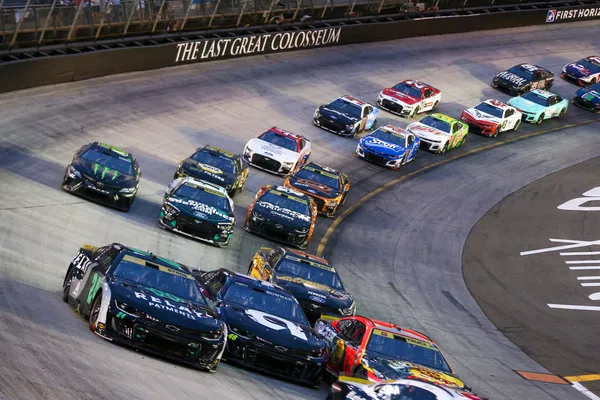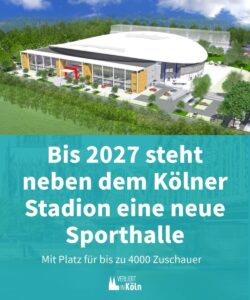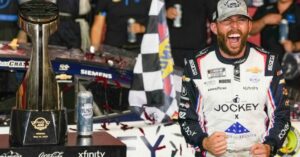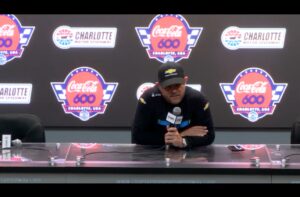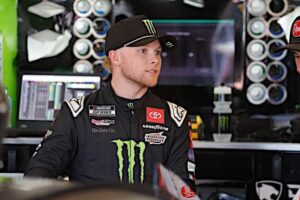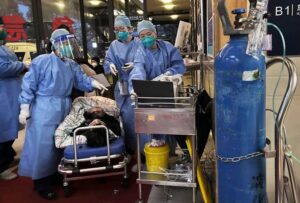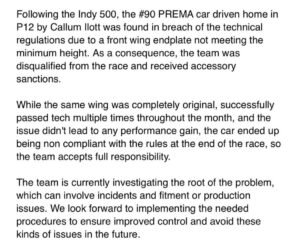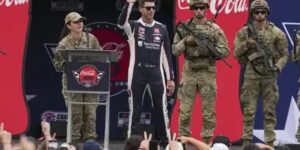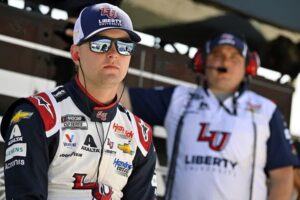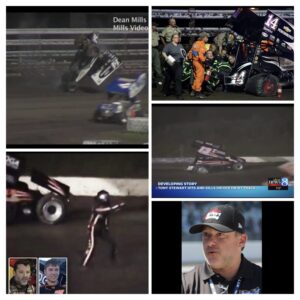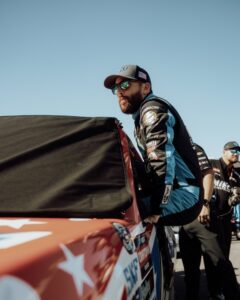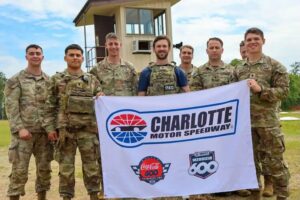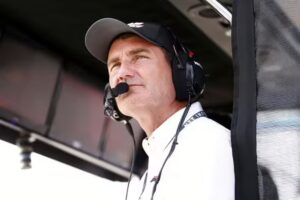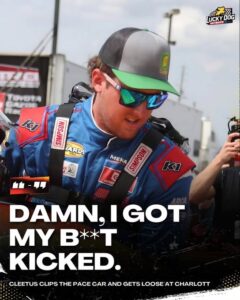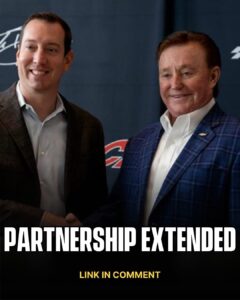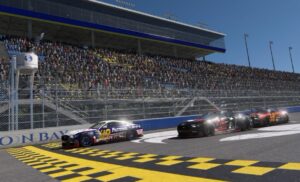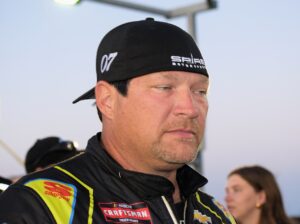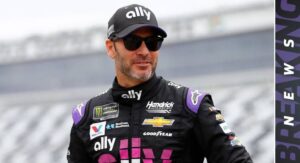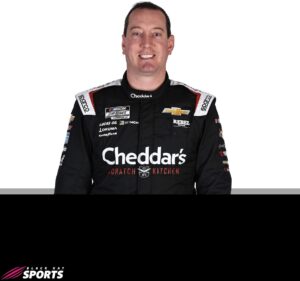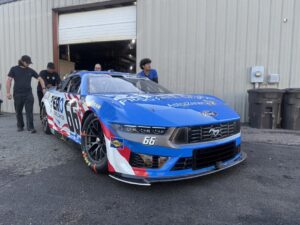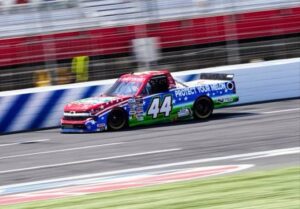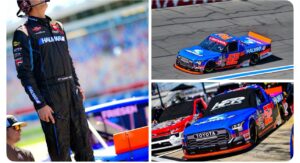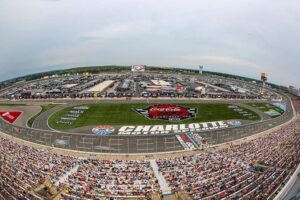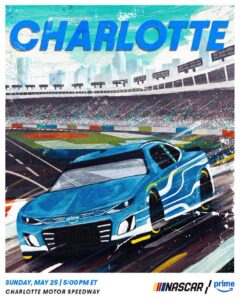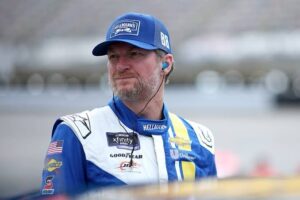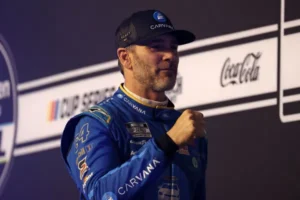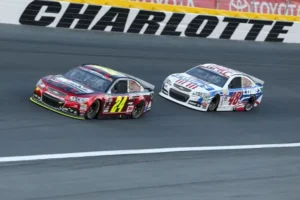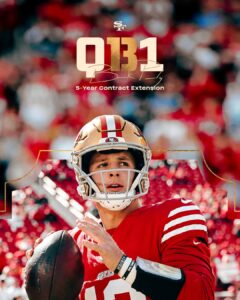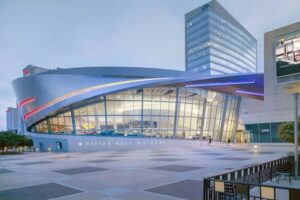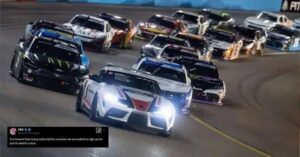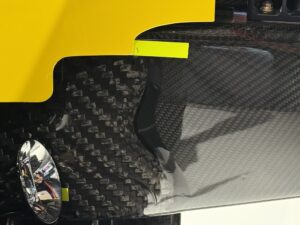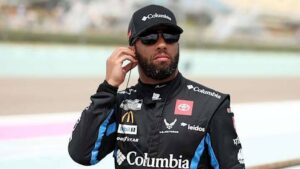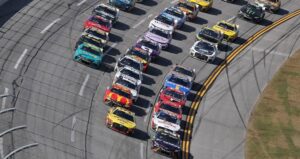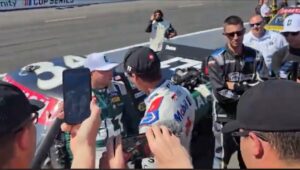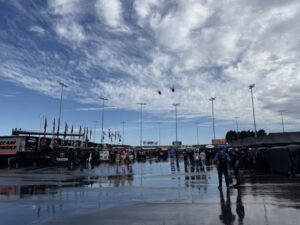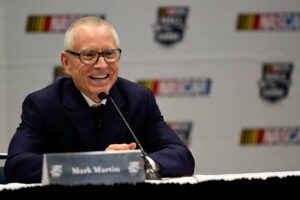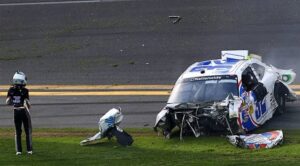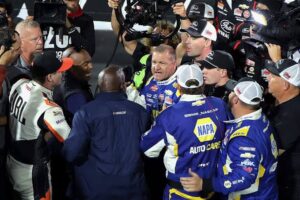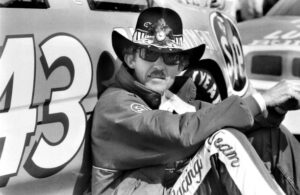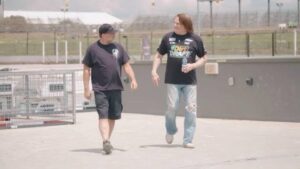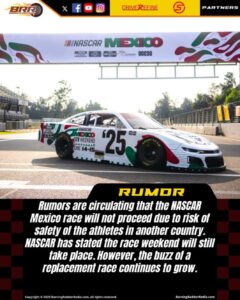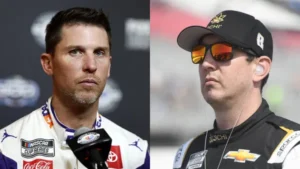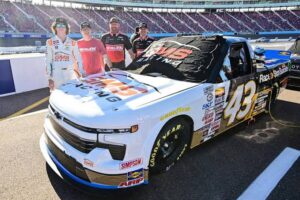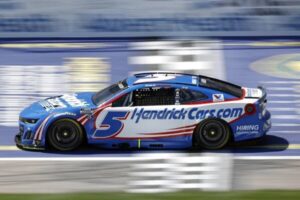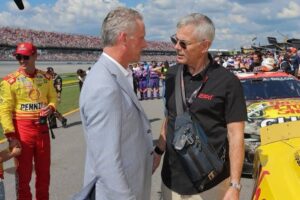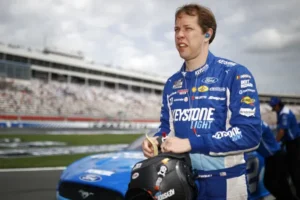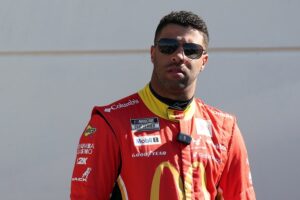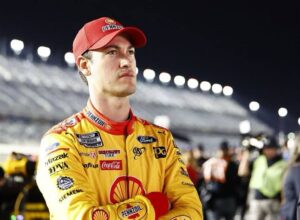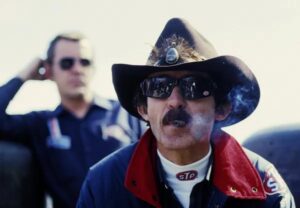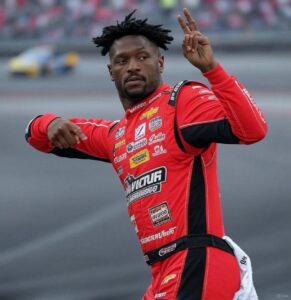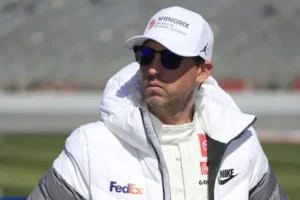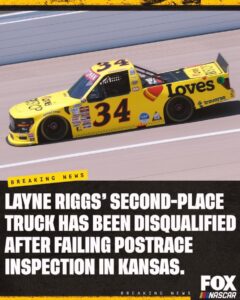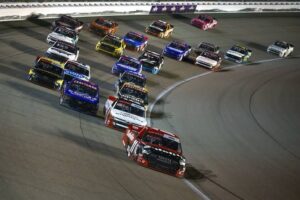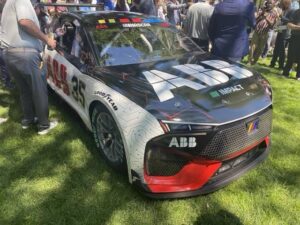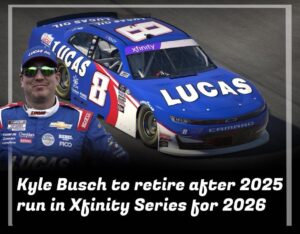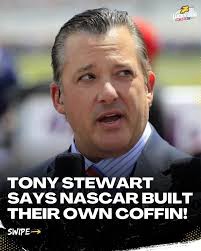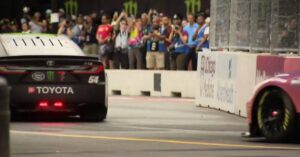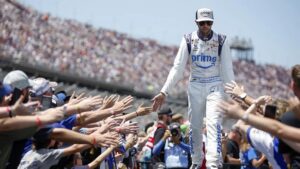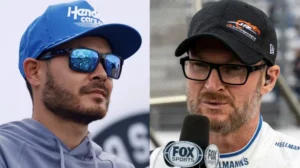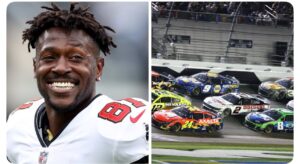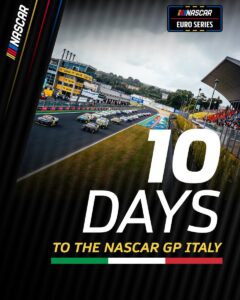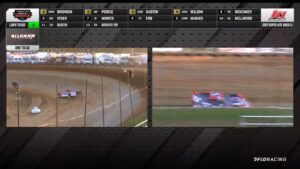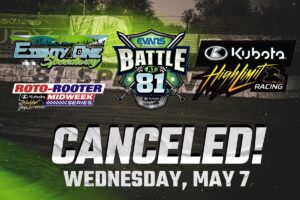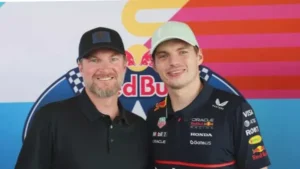Bristol Motor Speedway: A Legacy of Chaos Under Threat
Once hailed as the “Colosseum of Stock Car Racing,” Bristol Motor Speedway has long been synonymous with edge-of-the-seat action, where bumper-to-bumper battles and tempers flaring under the lights defined its allure. However, recent critiques from NASCAR insiders suggest the introduction of the Next Gen car in 2022 has muted the track’s legendary intensity, sparking debates about innovation versus tradition.
The Next Gen Promise vs. Reality
Designed to level the playing field and reduce costs, the Next Gen car aimed to enhance competition through standardized parts and improved durability. Yet, at Bristol’s high-banked, half-mile oval, the car’s impact has been contentious. Insiders argue that while the car excels on intermediate tracks, its short-track performance—particularly at Bristol—has faltered. Key criticisms include:
- Aerodynamic Limitations: Despite Bristol’s tight quarters, the Next Gen’s aerodynamics reduce drivers’ ability to chase down rivals, as turbulent air disrupts handling when following closely.
- Tire Wear Dilemmas: Historically, Bristol rewarded tire management, but the Next Gen’s durable tires minimize wear, stripping away strategic pit stops and reducing late-race drama.
- Homogenized Racing: With cars more mechanically similar, overtaking requires perfection, leading to processional races with fewer lead changes and less aggression.
Data Tells the Tale
Statistics underscore the concerns. The 2023 Bristol Night Race saw just 10 lead changes, a stark drop from the 20+ common in the 2000s. Fan engagement metrics also reflect unease, with Bristol’s 2023 spring race drawing the track’s lowest TV ratings since 1997.
Voices from the Garage
Veteran driver Denny Hamlin lamented, “The car is so aero-dependent here now. You get stuck, and there’s no way to muscle past like before.” Crew chiefs echo this, noting the lack of mechanical adjustments to counterbalance the car’s standardized setup. “It’s like racing with handcuffs,” one anonymous insider quipped.
NASCAR’s Response
NASCAR acknowledges the feedback and hints at adjustments. John Probst, NASCAR’s Senior VP of Innovation, stated, “We’re exploring short-track packages, including tire tweaks and potential downforce reductions to reignite competition.” Meanwhile, Bristol’s spring 2024 race will experiment with resin patches in corners to promote lane variety.
Broader Implications for Short-Track Racing
Bristol’s struggles reflect a wider challenge for NASCAR: balancing the Next Gen’s benefits with the raw, unpredictable racing that defines short tracks. Similar critiques have emerged at Martinsville and Richmond, prompting calls for track-specific modifications.
Conclusion: A Crossroads for NASCAR
As Bristol’s thunderous echoes fade, NASCAR faces a pivotal choice. Can the Next Gen evolve to resurrect the track’s former glory, or will tradition succumb to modernization? For fans and drivers alike, the hope is that innovation and nostalgia can coexist—ensuring Bristol remains a crown jewel of chaos, not a relic of the past.
